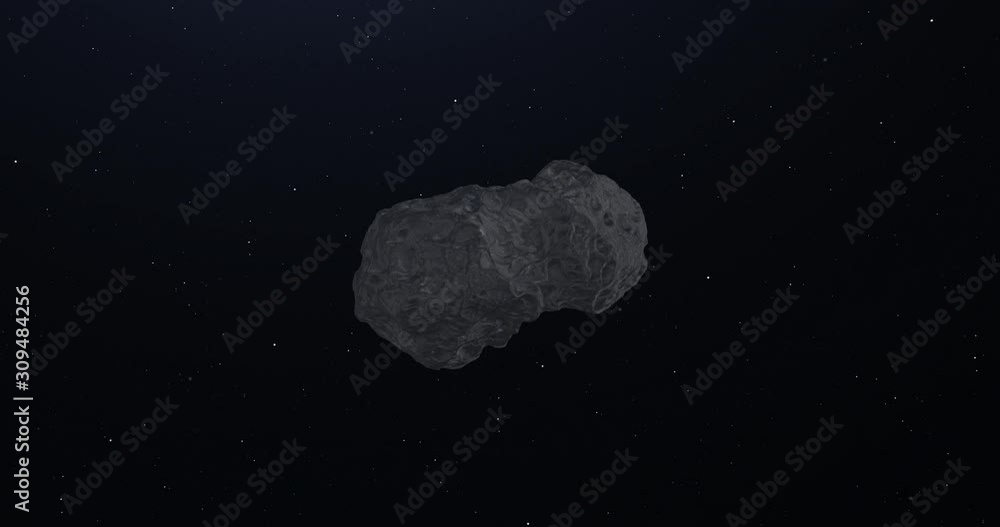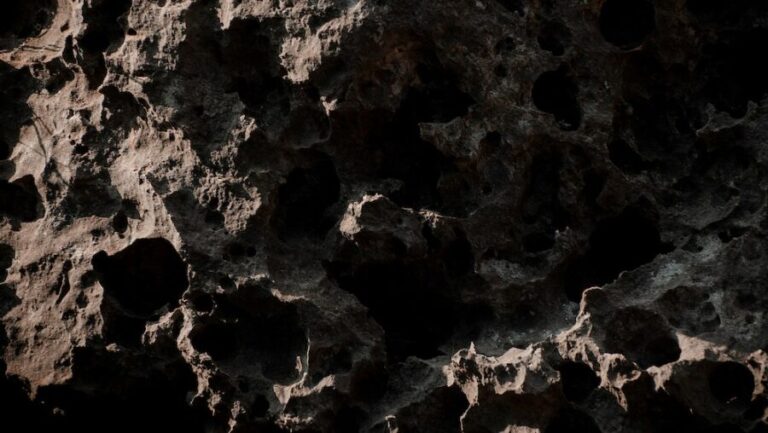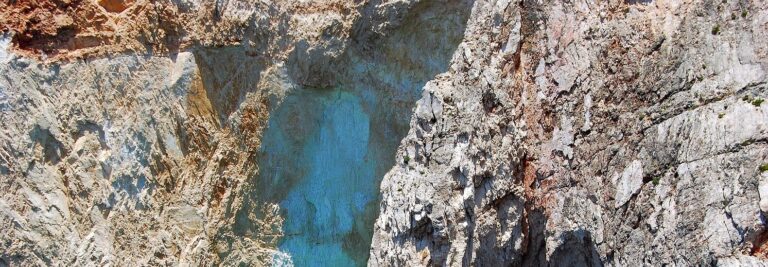
Audience
- Sentiment: Informative and cautious
- Political Group: Science advocates
- Age Group: 18-35
- Gender: All genders
Overview
- Asteroid 2024 YR4 has a 2.3% chance of colliding with Earth on December 22, 2032.
- The Torino Scale rates its potential danger as level three, indicating the need for monitoring.
- NASA and international organizations collaborate to track asteroids and develop potential mitigation strategies.
Heading Towards the Unknown: The Threat of Asteroid 2024 YR4
Have you ever looked up at the night sky and wondered about the mysteries it holds? The stars, planets, and even asteroids float around in space, all playing their part in the vast cosmic drama. Among these celestial bodies, one asteroid has recently caught the attention of scientists and space enthusiasts alike: Asteroid 2024 YR4. While the thought of a space rock colliding with Earth might sound like something straight out of a science fiction movie, this real-life possibility raises genuine questions about our planet’s safety and the actions we can take to protect ourselves.
What’s Up with Asteroid 2024 YR4?
Asteroid 2024 YR4 was first discovered not that long ago, and since then, astronomers have been busy tracking its path through space. This particular asteroid is estimated to measure between 130 to 300 feet wide. To put that into perspective, that’s about the size of a football field or potentially larger! Scientists have observed that this asteroid has a risk of colliding with Earth that sits at about 2.3% on December 22, 2032. While that might sound alarming at first, let’s dive deeper into what this really means.
Understanding the Numbers
A 2.3% chance doesn’t mean we should pack our bags and head for the hills just yet. In the grand scheme of space travel, that’s still a relatively low probability. For instance, if you were to roll a ten-sided die, there is only a 10% chance of rolling a number greater than 5. However, if you’ve rolled it several times without hitting that number, those odds don’t feel as bad because you have done it before! This is a similar situation. MIT researcher Artem Burdanov stresses that there’s no immediate reason for alarm, and I think it’s important for us not to panic.
In fact, scientists are closely monitoring 2024 YR4 to gather more information and predict its path accurately. This ongoing observation is crucial because asteroid paths can change due to a variety of factors, including gravitational pulls from other celestial bodies or even non-gravitational forces like solar radiation. Imagine trying to steer a boat in the ocean—it’s essential to keep an eye on the waves and changing tides!
The Torino Scale: What Is It?
You might have heard of the Torino Scale—a way of ranking the potential danger of an asteroid or comet. With a scale that ranges from -1 (no risk) to 10 (certain collision), 2024 YR4 sits at a level three, indicating it requires close monitoring. While it doesn’t mean we should start worrying just yet, it does highlight the importance of staying informed about our cosmic neighbors.
Level three means that scientists need to keep observing the asteroid to gather more data, which could change its ranking in the future. The more they understand about its trajectory, the better equipped they will be to predict where 2024 YR4 might end up.
Lessons from History: The Tunguska Event
Although a collision with 2024 YR4 might feel unreal right now, it’s vital to remember that similar incidents have occurred before. The Tunguska event in 1908 is one of the most significant examples of an asteroid or comet colliding with Earth, exploding over remote areas of Siberia. This explosion flattened an estimated 80 million trees across an area of 2,000 square kilometers! Luckily, no one lived in that part of Siberia back then, which meant no casualties, but the power of the blast was immense.
Now, you might wonder, what would happen if a collision occurred today? Scientists warn that while 2024 YR4 may not be large enough to cause a mass extinction event like the one that wiped out the dinosaurs, it could still cause devastation to a city if it were to impact. That’s why tracking asteroids and being aware of a potential collision is critical.
What Would We Do?
The ability to predict and respond to such an event is fascinating. If scientists identify a high probability of impact, they could employ various strategies. One common idea is to deflect the asteroid’s path, much like trying to steer a bowling ball away from the gutters! Methods could range from gently nudging the asteroid with a spacecraft to using nuclear devices. While that sounds like something out of a blockbuster movie, scientists are genuinely researching these methods to understand their feasibility better.
Another option is evacuating the impact zone if a collision were imminent. Think about how communities prepare for hurricanes or large storms—information can be vital, and being prepared can save lives. So, while a direct hit from an asteroid would indeed be catastrophic, the science behind asteroid prediction and tracking is hope for averting disaster.
The Cosmic Community
As we stand on our small blue planet, it’s essential to remember that we are part of a larger cosmic community. NASA and other space organizations across the world collaborate on monitoring asteroids to ensure we are prepared should the unexpected happen. International cooperation is critical in today’s global landscape, and it’s fascinating to see how different countries come together for a common goal—protecting our planet.
So, the next time you look up at a starlit sky, think about our little buddy 2024 YR4. Should it come too close for comfort in 2032, we’ll have scientists and astronomers scanning the heavens for answers.
Final Thoughts
In conclusion, while an asteroid like 2024 YR4 poses a slight risk of collision in the coming years, it serves as a reminder of the wonders and dangers lurking beyond our atmosphere. Instead of worrying, it’s essential to stay informed and support the scientific community in their efforts to understand these celestial objects better.
What are your thoughts on space and asteroids? Have you ever seen a shooting star or learned about how scientists track these cosmic beings? Share your thoughts in the comments below! Your ideas could spark a conversation about the universe and the importance of remaining curious and prepared. Let’s keep the dialogue going!






